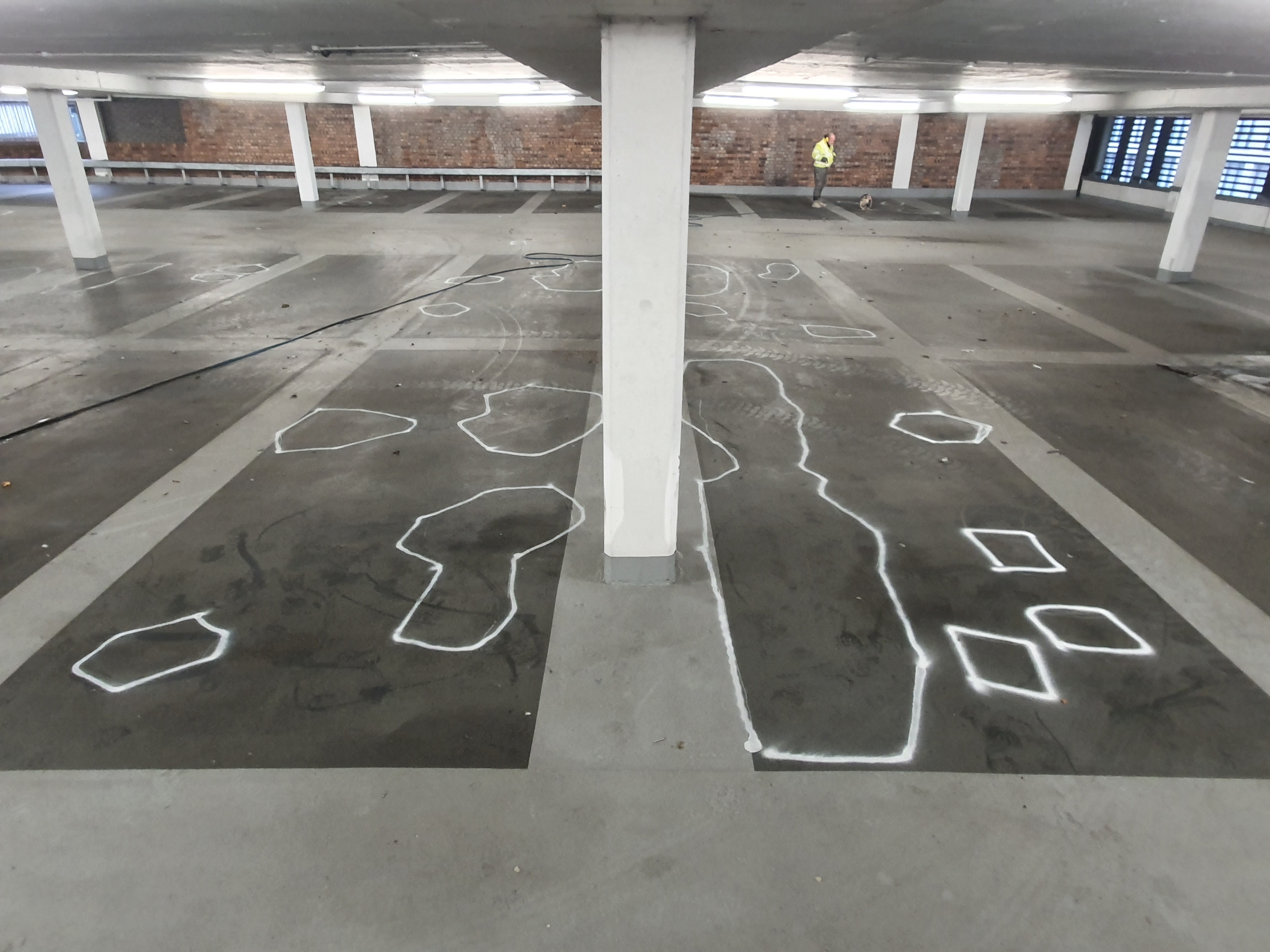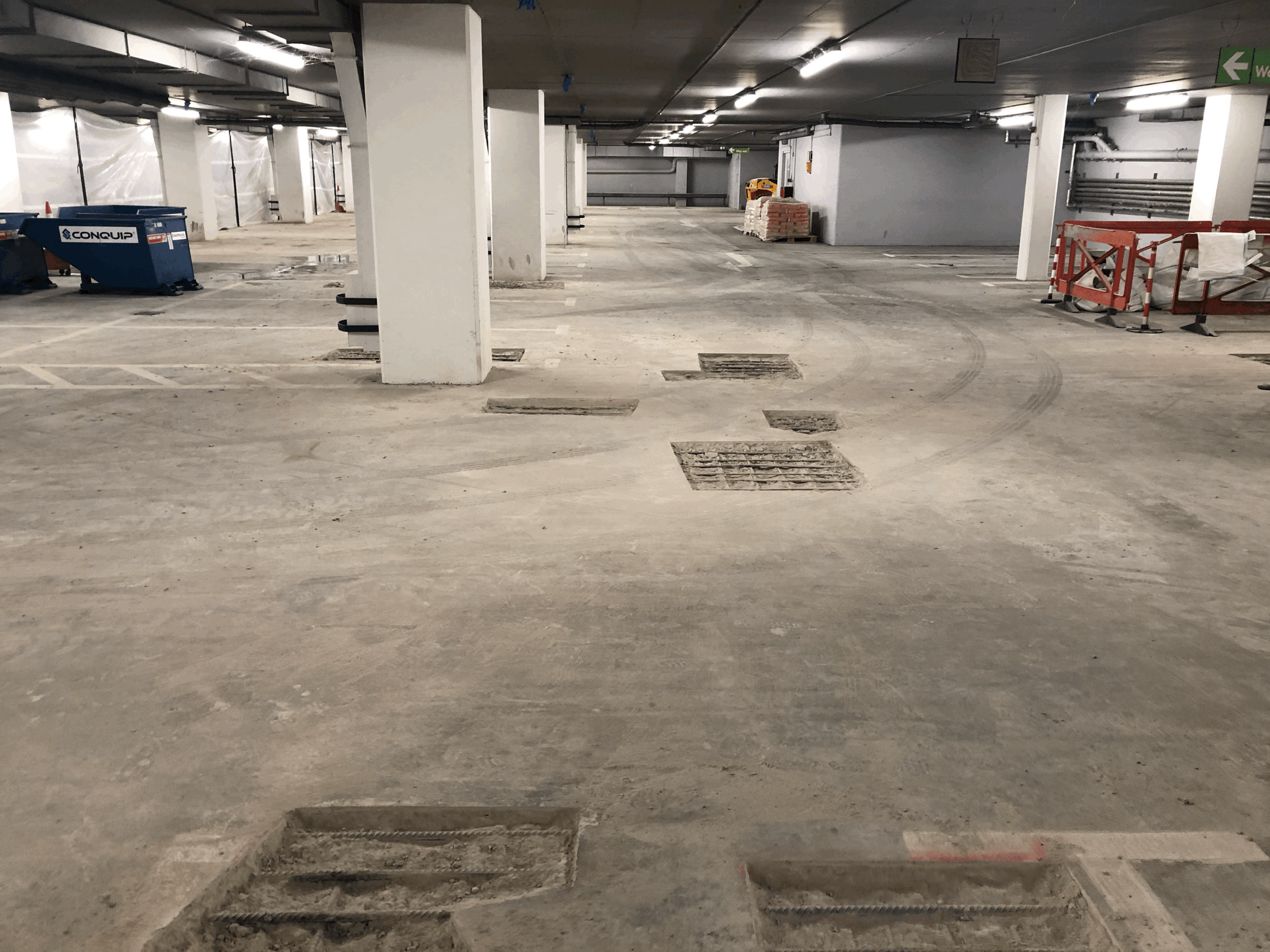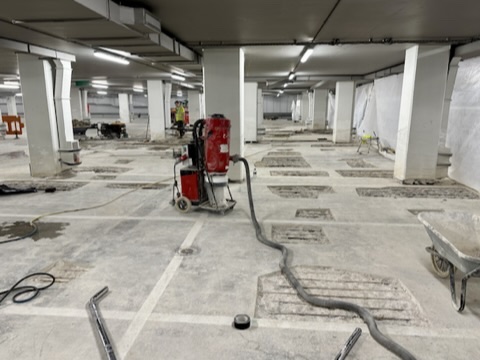- Services
H3 offers an ever-evolving and encompassing range of services ↳
Car Park RefurbishmentSafeguarding your parking structure ↳
Structural Repairs & ProtectionConcrete repairs & corrosion management ↳
Structural WaterproofingAdvanced structural waterproofing solutions ↳
Resin Floors & CoatingDurable, safe, easy-to-clean flooring solutions ↳
EVHard-wearing line and bay marking ↳
ConsultancyPrecise care & attention for you project ↳
Specialist SurveysIdentifying problems to avoid bigger issues ↳
Aftercare/Asset ManagementPreserving your asset for the long term ↳
Movement/Expansion JointsHandling temperature, structural & traffic shifts ↳
Flooring SolutionsTailored carpet & vinyl flooring solutions ↳
SwiftPatchOur Rapid Repair Service
- SwiftPatch
- Case Studies
- Suppliers
- Updates
- Company
updatesThe Incipient Anode Effect: A Hidden Threat to Concrete Repairs
What is the incipient anode effect?
Posted 7 months ago by Chris Hird
Concrete repair is more than just a patching exercise. If done without understanding the underlying chemistry of corrosion, repairs can unintentionally make things worse. One of the most critical—but often misunderstood—phenomena in concrete deterioration is the Incipient Anode Effect.
An example of a new inline subheading as discussed
In this post, we explain what it is, why it matters, and how H3 Construct manages repairs to prevent further damage to your concrete structure.
What Is the Incipient Anode Effect?
The Incipient Anode Effect refers to a situation where repairing a corroded area of reinforced concrete leads to new corrosion forming nearby.

Here’s how it works:
When a section of concrete is repaired, the corroded reinforcement is cleaned and treated, and a new, highly alkaline repair mortar is applied.
This creates a strong, passive environment around the newly repaired steel.
However, the adjacent unrepaired areas of concrete may still contain chlorides or carbonation—and now sit next to a more electrochemically stable zone.
The shift in electrochemical potential causes these surrounding areas to become anodic, accelerating corrosion in areas that previously showed no visible damage.
In simple terms, the corrosion just shifts down the line—and continues.
Why It’s Relevant in Car Parks
Car parks are particularly vulnerable to the Incipient Anode Effect due to:
High exposure to chlorides from de-icing salts and vehicle run-off
Large areas of reinforced concrete in exposed environments
Frequent patch repairs done over time without holistic treatment
Live environments where only localised work is carried out to minimise disruption
If only isolated cracks or spalls are treated without addressing the wider contamination or protection of the structure, the risk of incipient anodes increases significantly.

When incipient anode corrosion is triggered, it leads to:
Repeated repairs to the same areas every few years
Escalating costs as damage expands outward
Reduced confidence in the structure’s integrity
Shortened lifespan of both repairs and the overall asset
The Cost of Getting It Wrong
It’s essential to work with specialists who understand not just how to repair concrete—but how to repair it for the long term.
- H3 Construct Manages the Incipient Anode Effect
We approach every concrete repair project with a prevention-first mindset.
- Full-Structure Condition Assessment
We evaluate chloride levels, carbonation depth, and steel condition across the broader area—not just the visibly damaged zone.
- Use of Compatible, BS EN 1504-Compliant Materials
We select repair mortars designed to be chemically and mechanically compatible with the parent concrete, reducing the electrochemical differential.
- Application of Anti-Corrosion Measures
We treat surrounding steel with corrosion inhibitors, primers, and, where necessary, apply sacrificial anode systems or cathodic protection to arrest corrosion progression.
- Protective Coatings
We finish repairs with anti-carbonation or waterproof coatings to seal and protect the wider surface, significantly reducing chloride ingress and moisture exposure.

Proactive vs Reactive Repair
What’s the Difference?
Many repair contractors focus only on fixing visible damage. At H3 Construct, we take a preventative and strategic approach to concrete repair. By understanding the root causes and risks—like the Incipient Anode Effect—we deliver repairs that are built to last.
Let’s Get It Right the First Time
If you’re planning concrete repairs in your car park, podium, or structural slab, make sure the strategy accounts for incipient anode risk. Our team can assess, design, and deliver durable, compliant, and future-proof repair solutions.




